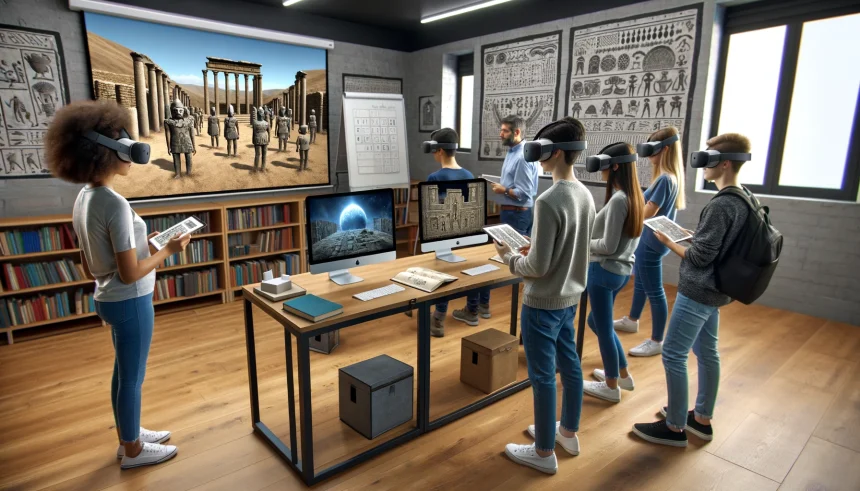Apple’s developer team has addressed a critical issue in its augmented reality platform, visionOS, that previously allowed malicious websites to fill the Apple Vision Pro headset with numerous 3D objects, such as bats and spiders, without user consent. This vulnerability, discovered by security researcher Ryan Pickren, enabled the bypass of Safari browser warnings, thus permitting the rendering of 3D models and accompanying sounds in the user’s physical environment. More details can be explored on Ryan Pickren’s blog.
Discovery and Disclosure
Ryan Pickren identified the bug and reported it to Apple in February. The company subsequently patched the issue in visionOS 1.2, which was released in June. Pickren was also awarded a bug bounty for his discovery. This update highlights Apple’s ongoing commitment to security and the importance of proactive vulnerability management in emerging technologies.
Technical Exploit Details
The exploit utilized an older web-based 3D model standard, Apple AR Quick Look. This standard’s primary function was to allow users to view 3D objects in real-world environments without requiring additional app installations. However, since Quick Look handled the 3D models, simply closing Safari did not eliminate the objects. Users needed to manually remove each spider or bat by tapping on them individually, which proved cumbersome.
New Security Measures
In response to this vulnerability, Apple has implemented new restrictions to prevent unauthorized 3D object spawning by websites and apps. One of these measures includes a permissions prompt that requires user approval before a 3D model can render. Despite these new protections, the older AR Quick Look feature was initially overlooked, highlighting the challenges of securing multiple layers of technology in augmented reality platforms.
When compared to past security issues in Apple’s ecosystem, this incident underscores the evolving nature of security threats in augmented and virtual reality environments. Historically, similar vulnerabilities have been exploited in different contexts, emphasizing the necessity for continuous monitoring and updating of security protocols. Apple’s swift response to patch visionOS 1.2 demonstrates a proactive stance, but also points to the complexity of securing modern AR systems.
Previously, Apple has faced various security challenges with its hardware and software, which often required extensive updates and patches. The Vision Pro bug is another instance of such challenges, albeit in a newer technological domain. This incident serves as a reminder of the persistent and evolving nature of cybersecurity threats, especially as technology becomes more integrated into daily life.
While Apple’s recent actions to mitigate this particular vulnerability in visionOS are commendable, it also highlights the necessity for ongoing vigilance in the realm of AR and VR technologies. Users of Apple Vision Pro can now rest assured that their devices are more secure, but this incident underscores the broader issue of cybersecurity in emerging tech. Continuous updates and security patches are crucial to maintaining user trust and device integrity.










